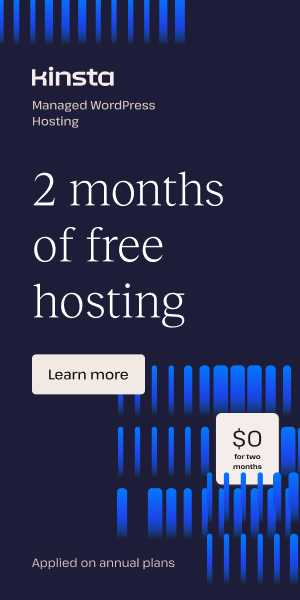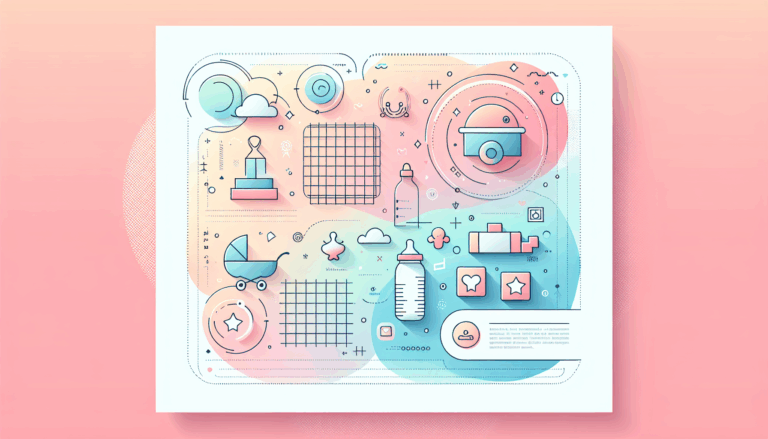Beaver Builder and Figma Designs
Unlocking the Power of Seamless Design Integration in WordPress Development
In today’s competitive web development landscape, bridging the gap between design and functional websites is more crucial than ever. For businesses in the USA, UK, and Canada aiming to convert detailed design prototypes into visually stunning, responsive WordPress websites, leveraging the synergy between Figma designs and Beaver Builder is a game changer.
At Figma2WP Service, we specialize in transforming your creative Figma concepts into pixel-perfect WordPress builds using Beaver Builder. This blog explores the detailed process, practical tips, and key considerations for mastering this conversion workflow, empowering you to get the most out of Beaver Builder figma integrations and boosting your web projects’ efficiency and quality.
Why Use Beaver Builder for Figma Designs?
Beaver Builder is among the leading WP page builders, praised for its drag-and-drop interface, modular design system, and robust performance optimization. When paired with the powerful design capabilities of Figma, it creates a smooth pipeline that drastically reduces manual coding and eliminates guesswork during design handoffs.
- Visual Consistency: Beaver Builder’s flexible modules allow developers to exactly replicate design elements such as buttons, typography, spacing, and grids that originate from Figma, ensuring a faithful rendition of your creative vision.
- Responsive Flexibility: Both Figma and Beaver Builder emphasize responsive design, allowing designers to create adaptable layouts in Figma that developers can precisely translate in WordPress across devices like desktops, tablets, and mobile phones.
- Efficiency and Speed: By importing optimized assets and structured designs from Figma into Beaver Builder, the time required for development shrinks dramatically, enabling quicker project turnarounds.
- Custom Theming Options: With the add-on Beaver Themer, you can extend beyond pages to customize headers, footers, and dynamic content areas as per your Figma mockups.
Explore the official step-by-step guide on Figma to Beaver Builder by Seahawk Media for an in-depth look at how asset integration, layout recreation, and module usage come together in practice.
Step-by-Step Workflow to Convert Figma Designs to Beaver Builder
1. Preparing and Structuring Your Figma Design
Start by organizing your Figma files meticulously:
- Group design elements—headers, footers, content blocks—and label layers clearly.
- Use components and variants for reusable styles and consistent layouts.
- Separate pages for desktop, tablet, and mobile views to highlight responsive variations.
- Compress images and vectors, ensuring they are export-ready to optimize website load times.
- Use Figma’s auto-layout and grids to maintain proper alignment and spacing, crucial for smooth conversion.
This foundational work streamlines the handoff and avoids roadblocks during development. For further assistance on optimizing Figma files, check out Figtowp’s detailed conversion procedure.
2. Setting Up WordPress and Beaver Builder
Before beginning the design implementation, ensure your WordPress environment is fully configured:
- Choose a reputable hosting provider optimized for WordPress performance, such as WP Engine or Bluehost.
- Install WordPress and configure essential settings, including permalink structures.
- Install Beaver Builder along with supporting plugins like Advanced Custom Fields (ACF) if custom fields are needed.
- Set user roles and permissions for seamless collaboration between designers and developers.
A properly set up environment serves as a smooth canvas for reflecting your Figma designs into live pages efficiently.
3. Translating Figma Layouts into Beaver Builder Structures
This is where your design begins to come alive on the web:
- Layout Recreation: Use Beaver Builder’s rows and columns to mirror the grid and spacing from Figma. Maintain exact padding and margins consistent with your design for visual fidelity.
- Asset Integration: Import optimized images, SVG vectors, and iconography from Figma. Beaver Builder supports direct asset uploads, ensuring crisp, retina-ready visuals.
- Module Magic: Build specific elements like accordions, sliders, buttons, and image galleries using Beaver Builder’s robust module library to match your design style.
- Typography and Colors: Use styling controls in Beaver Builder to replicate Figma’s font styles, sizes, weights, and brand colors, ensuring brand consistency.
- Custom CSS: When necessary, inject custom CSS snippets to handle complex styles or micro-interactions that are unsupported natively.
The process benefits from the detailed tutorials by PlanDigi on bridging design precision with functional build.
4. Adding Interactive and Performance Enhancements
Beyond static design, Beaver Builder enables dynamic and interactive features:
- Hover effects, animations, and scrolling triggers to engage users.
- Form integration using popular plugins such as Gravity Forms or WPForms, styled to match your Figma design.
- Lazy loading images and script optimization to ensure your site loads quickly without compromising aesthetic integrity.
- Cross-browser and device testing to guarantee responsiveness using tools like BrowserStack.
Performance optimization ensures visitors experience your design smoothly, increasing engagement and conversions.
The Advantages of Using Specialized Services Like Figma2WP for Your Projects
Although the DIY approach is possible, utilizing specialized services like Figma2WP Service offers distinct advantages:
- Expert Developers with detailed knowledge of Beaver Builder and Figma produce websites that are pixel-perfect, responsive, and SEO-friendly.
- Time and Cost Efficiency by avoiding developmental pitfalls commonly experienced during manual conversions.
- Customization beyond basic templates, including advanced theme building with Beaver Themer to craft unique headers, footers, and archives matching Figma prototypes.
- Post-Launch Support ensuring your website evolves smoothly with updates to WordPress, Beaver Builder, and your ongoing design needs.
If you want to discuss your next project or learn more about specialized services, feel free to reach out via Contact Us.
Real-World Case Studies: Successful Transitions from Figma to Beaver Builder
Case Study 1: E-commerce Brand Refresh
A lifestyle brand in Canada utilized a bespoke Figma design to overhaul their WordPress e-commerce site. Using Beaver Builder and the Beaver Themer add-on, the brand achieved a mobile-optimized, visually consistent site with fast load times. The result was a 35% increase in online sales within three months due to improved UI/UX.
Case Study 2: SaaS Landing Page Launch
Based in the UK, a SaaS startup needed a landing page matching their Figma prototype for product launch. Leveraging Beaver Builder’s module flexibility, their WordPress site was built and deployed within two weeks, featuring dynamic testimonials, integrated contact forms, and animation effects aligned perfectly with the original design.
Additional Resources for Mastering WP Page Builders and Design Transitions
- Elementor – Another popular WordPress page builder with Figma integration support.
- Oxygen Builder – Advanced visual builder with custom coding options.
- Figma Community Resources – Templates and guides to enhance your Figma projects.
- Google Web Fundamentals – Best practices for website performance optimization.
- Beaver Builder Resources & Support – Official documentation and tutorials.
Bringing Your Vision to Life with Design-to-Beaver Precision
Integrating Figma designs with Beaver Builder is a transformative approach to website creation, blending the best of visual design tools with powerful WordPress page builder technology. Whether you are a designer seeking smooth handoffs or a developer aiming for pixel-perfect builds, mastering this workflow elevates project quality and expedites delivery.
At Figma2WP Service, we harness the full potential of this synergy daily, crafting sites that resonate with audiences and convert visitors effectively. Explore the possibilities of your next project and discover how our expertise can help you translate your Figma designs into immersive Beaver Builder powered WordPress websites. Reach out any time through our contact page to start the conversation.
More From Our Blog
Building a Trusted Online Hub for Parents: The Role of Design In today’s digital landscape, parenting websites and child care blogs serve as invaluable resources for families seeking guidance, community support, and expert advice. Creating an engaging, trustworthy, and user-friendly platform is essential for these sites to thrive, and design tools like Figma2WP Service have Read more…
Unlocking the Power of Hands-On Web Design with Modern Tools In today’s digital age, the ability to craft your own website has transformed from a daunting technical challenge into an engaging creative process accessible to enthusiasts, DIYers, and professionals alike. Services like Figma2WP Service empower you to convert your design concepts into fully functional WordPress Read more…


